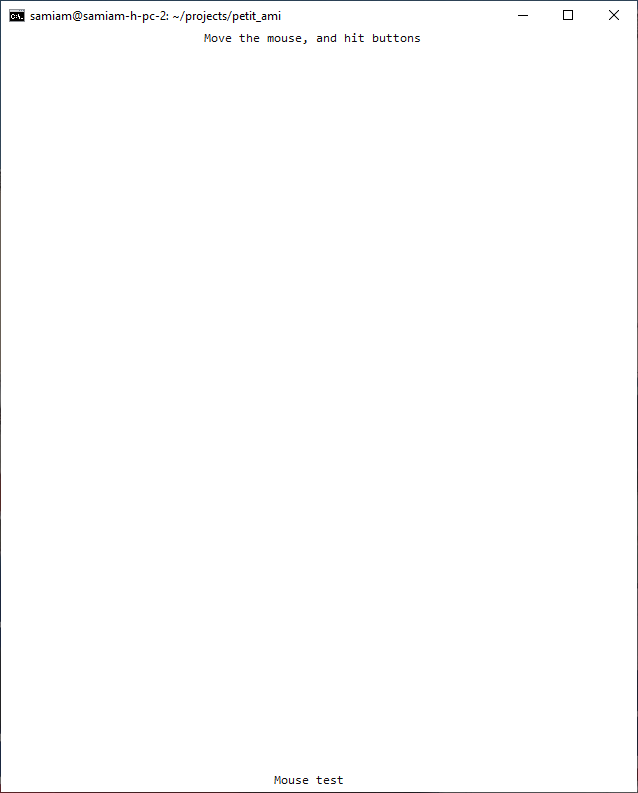

- #Difference between uxterm and xterm how to#
- #Difference between uxterm and xterm install#
- #Difference between uxterm and xterm update#
- #Difference between uxterm and xterm full#
- #Difference between uxterm and xterm free#
This connection can also be used for terminal access, file transfers, and tunneling other applications. The ssh command provides a secure encrypted connection between two hosts over an unsecured network.
#Difference between uxterm and xterm install#
#Difference between uxterm and xterm update#
Run the update command to update package repositories and get the latest package information.You can also type xterm for xterm application or uxterm for uxterm application if they are installed on your system.
#Difference between uxterm and xterm full#
You must type gnome-terminal as that is the full name of the terminal application. To open the terminal, type gnome-terminal in the command window and then press Enter on the keyboard. If there is no center button, you can press the left and right buttons at the same time. Press the middle button or scroll wheel (press the scroll wheel as if it were a middle button). Paste external text into a terminal window the Linux way
#Difference between uxterm and xterm how to#
How to change the default command prompt in Linux? How to paste in Uxterm? The default terminal on our machine is the Gnome Terminal. Open the default terminal emulator on your Ubuntu by pressing Ctrl+Alt+T. We will run the following commands in Ubuntu 18.04 LTS (Bionic Beaver). It provides DEC VT102 and Tektronix 4014 compatible terminals for programs that cannot use the Windows system directly. The xterm program is a terminal emulator for the X Window System. The main difference between XTerm and Terminal is that Gnome-Terminal has more features while XTerm is minimalist (although it has features not found in Gnome-Terminal but are more advanced). UXTerm is XTerm with support for Unicode characters.

Which specifies eleven sets of colors (11x fb). bash_profile: export LSCOLORS=Gxfxbxdxcxegedabagacad


Then to define the foreground and background colors for eleven different filetypes, you need to redefine the LSCOLORS (LS_COLORS for UNIX) parameter in the. cshrc for both if you use the C shell)**: export CLICOLOR=TRUEĪdding a ‘-F’ flag to the alias will result in a slash (‘/’) after directory names. To change the color coding, first you need to make sure color option is turned on add the following line to. While you are at it, you might want to change the colors for the ‘ls’ commands as well for two different reasons: (i) the defaults do not work well with your new green-on-black xTerminal and (ii) the right color coding instantly identifies the file type. For Terminal.app, you can simply use the GUI preferences it does not read.
#Difference between uxterm and xterm free#
Xdefaults does not exist in your home directory, feel free to create one. Note I changed the cursor and pointer properties as well. Xdefaults, which lives in your home directory: xterm*Background: black One way to change the colors on your Mac’s X11 is to add the following lines to your. The same is true for light text on dark background, which has been the fad for some web designers these days please avoid either combination! As far as the eyes are concerned, green/yellow text on a black background (or off-white on dark gray) is the most soothing for the eyes. Hence, even while providing the highest contrast, this color combination tends to strain your eyes. In addition, your eyes have to constantly adjust between the two extremes of the color spectrum. Unfortunately, the default for the xTerminal (or most applications) is black text on white background which means you are staring at white, i.e., light, most of the time. As our eyes spend most of our days looking at the xTerminal (xTerm, xgTerm, uxTerm, or Terminal.app) any relief is always welcome.


 0 kommentar(er)
0 kommentar(er)
